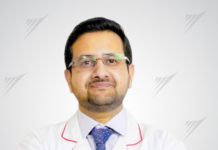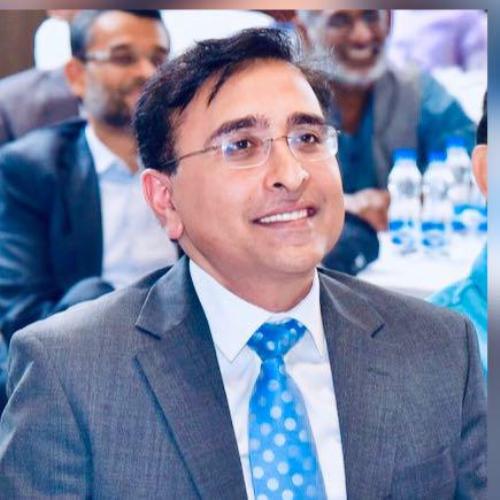 Dr. Shubhang Aggarwal, Director, NHS Hospital, Jalandhar said, “We are expecting that the upcoming budget under the leadership of Prime Minister Narendra Modi will have a special focus on increasing the healthcare expenditure substantially more than 2.5% of GDP and extending the National Health Protection Scheme for all when the cases of COVID are again on rise. The Ayushmann scheme is becoming a success but the rates need to be rationalised so more private hospitals adopt it, even if its under their CSR activities. There is an urgent need to improve healthcare funding through subsidised loans and allocating land for new hospitals especially in tier 2 and tier 3 cities where quality healthcare is still a challenge. The use of innovative technologies should be incentivised so that health protection is available and extended to the disadvantaged,”
Dr. Shubhang Aggarwal, Director, NHS Hospital, Jalandhar said, “We are expecting that the upcoming budget under the leadership of Prime Minister Narendra Modi will have a special focus on increasing the healthcare expenditure substantially more than 2.5% of GDP and extending the National Health Protection Scheme for all when the cases of COVID are again on rise. The Ayushmann scheme is becoming a success but the rates need to be rationalised so more private hospitals adopt it, even if its under their CSR activities. There is an urgent need to improve healthcare funding through subsidised loans and allocating land for new hospitals especially in tier 2 and tier 3 cities where quality healthcare is still a challenge. The use of innovative technologies should be incentivised so that health protection is available and extended to the disadvantaged,”
 Dr. Tushar Grover, Medical Director, Vision Eye Centre, New Delhi, Said, “With omicron spreading now and the so-called third wave being finally upon us, healthcare has again become one of the biggest focus areas for governments as well as individuals. As such, the government must raise the healthcare budget considerably at least to the extent that the entire health machinery including our public health systems are prepared to deal with emergency health situations such as the ongoing pandemic efficiently and without much damage to people’s health. Secondly, given the rising frequency of infectious diseases, the government must invest enough through this budget into genetic research, vaccine and immunization research apart from other avenues of research including epidemiology and biotechnology. Thirdly, the private sector whether it is the healthcare providers or the pharma sector must be given policy and economic support in the form of tax rebate, easy loans, utility payment relaxations and exemptions in order for them to grow themselves and make India a self-reliant healthcare power while bolstering the health defences of our people. And fourthly, there is a need to bridge the urban-rural and big town-small town gap in terms of availability of health infrastructure, equipment and personnel. Healthcare services, both public and private sectors need to be strengthened tremendously in rural areas and small towns”
Dr. Tushar Grover, Medical Director, Vision Eye Centre, New Delhi, Said, “With omicron spreading now and the so-called third wave being finally upon us, healthcare has again become one of the biggest focus areas for governments as well as individuals. As such, the government must raise the healthcare budget considerably at least to the extent that the entire health machinery including our public health systems are prepared to deal with emergency health situations such as the ongoing pandemic efficiently and without much damage to people’s health. Secondly, given the rising frequency of infectious diseases, the government must invest enough through this budget into genetic research, vaccine and immunization research apart from other avenues of research including epidemiology and biotechnology. Thirdly, the private sector whether it is the healthcare providers or the pharma sector must be given policy and economic support in the form of tax rebate, easy loans, utility payment relaxations and exemptions in order for them to grow themselves and make India a self-reliant healthcare power while bolstering the health defences of our people. And fourthly, there is a need to bridge the urban-rural and big town-small town gap in terms of availability of health infrastructure, equipment and personnel. Healthcare services, both public and private sectors need to be strengthened tremendously in rural areas and small towns”
























